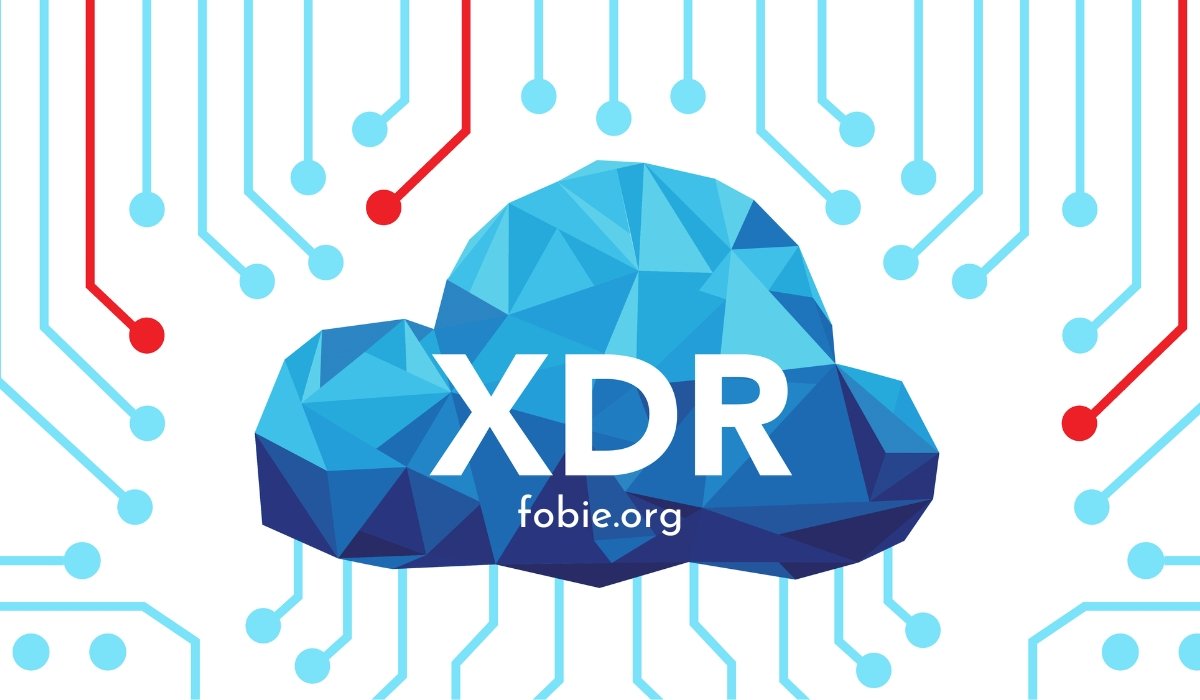Introduction to XDR
Cybersecurity is constantly evolving to combat increasingly sophisticated threats. One of the newer solutions emerging in the field is Extended Detection and Response, or XDR. As cyber threats become more complex, traditional security measures often must catch up. XDR offers an integrated approach, providing organizations with enhanced detection, investigation, and response capabilities across multiple security layers. This ensures a more comprehensive defense mechanism proactively addressing known and unknown threats.
By consolidating various security products into a cohesive system, XDR enhances the visibility and effectiveness of threat management efforts. This unifying approach helps break down silos and encourages collaboration among different security tools, leading to improved overall protection and streamlined incident responses. Organizations benefit from a centralized platform that simplifies security management and maximizes the capability of existing security investments.
Benefits of XDR
Adopting XDR can provide numerous advantages for organizations. Enhanced threat detection and faster response times are among the most significant benefits. A recent article highlighted how companies implementing XDR can substantially reduce incident response times. Automation is key here, enabling real-time threat identification and mitigation without human intervention delays. This agility is crucial in minimizing the impact of threats and reducing potential damage.
Another essential benefit is improved accuracy. XDR reduces false positives by correlating data from many sources, freeing security professionals to concentrate on real threats. This effectiveness improves the organization’s security posture by facilitating resource optimization or directing effort. By reducing false alerts, security personnel can avoid alert fatigue and maintain high levels of awareness and efficiency.
Also Read: How to Convert Your Photos into Stunning Videos: A Fun Tutorial on Image to Video
Key Features of XDR Solutions
Automated Threat Detection
XDR leverages advanced machine learning algorithms to detect anomalies and potential threats autonomously. This feature reduces the manual workload and helps identify threats that go unnoticed in a traditional setup. Automated threat detection ensures continuous monitoring, allowing quicker identification and response to threats, even during off-hours.
Comprehensive Data Analytics
XDR gathers and examines data from several sources to deliver insights that can be implemented. This level of analysis helps security teams make well-informed judgments, comprehend the extent of threats, and create efficient countermeasures. In-depth data analytics also assists in uncovering trends and patterns, enabling firms to address such weaknesses proactively before they are exploited.
Unified Visibility
One of XDR’s most valuable features is its ability to offer a single-pane view of the security environment. This comprehensive visibility allows organizations to monitor their entire infrastructure efficiently, providing better contextual awareness and faster identification of potential threats. The unified view helps correlate events across various systems and detect multi-faceted attacks that target different network parts simultaneously.
For more detailed insights into the capabilities and benefits of XDR, many resources are available that delve further into these features and their impact on enhancing organizational security. Understanding the broad capabilities of XDR empowers organizations to leverage the technology effectively, maximizing its benefits.
Tips for Implementing XDR in Your Organization
Successfully implementing XDR requires strategic planning and coordination. Here are some critical tips:
- Assess Current Security Infrastructure: Evaluate your existing security measures to determine how XDR can complement them and fill gaps. Understanding your current state will guide the integration process and help identify areas that require enhancement.
- Engage Key Stakeholders: Involve relevant team members and departments from the beginning. Effective communication and cooperation across teams are vital for seamless XDR deployment. Engaging stakeholders ensures the implementation process is well-supported and aligned with the organization’s objectives.
- Invest in Training: Equip your security team with the necessary skills and knowledge to operate and manage XDR efficiently. Continuous training ensures the team stays updated with new features and best practices. Providing training also fosters a culture of continuous improvement, enabling the team to remain agile and adapt to new threats effectively.
- Customize to Meet Your Needs: Tailor the XDR solution to align with your organization’s unique requirements and risk landscape. Personalization can enhance the solution’s effectiveness and deliver better outcomes. Customization ensures the XDR solution addresses specific pain points and integrates seamlessly with existing workflows.
Also Read: Post-Merger Integration Made Easier with M&A Virtual Data Rooms
Common Challenges and How to Overcome Them
While XDR offers many advantages, it also presents particular challenges. Common issues include integration difficulties, data management complexities, and potential learning curves for new tools and systems. If appropriately addressed, these challenges can help optimize XDR’s use. Overcoming these obstacles requires proactive measures and a strategic approach.
Regular system audits and updates are crucial for overcoming these obstacles. Maintaining open communication channels across security teams helps identify problems early and implement timely solutions. Collaborative efforts and continuous monitoring can ensure that XDR integrates smoothly with existing infrastructure and performs at its best. To optimize XDR’s advantages, businesses should cultivate a culture of cooperation and ongoing enhancement.
Future Trends in XDR Technology
The field of XDR is evolving rapidly, with future advancements expected to focus on artificial intelligence and machine learning integration. These technologies will enhance predictive capabilities, enabling organizations to identify and respond to threats proactively. Predictive analytics and AI-driven insights will help organizations avoid emerging threats, reducing the risk of breaches and minimizing potential damage.
Additionally, a growing emphasis is on improving user experience and reducing system complexity. Simplified interfaces and automated workflows will help users manage XDR solutions more efficiently, maximizing their benefits. Innovations aimed at user-centric design and ease of use will make XDR technologies more accessible and practical, empowering organizations to leverage their full potential. Organizations hoping to maintain strong and resilient cybersecurity measures must keep up with these trends.
Conclusion
With its all-encompassing and cohesive approach to threat detection and response, XDR is well-positioned to play a significant role in the future of cybersecurity. The benefits of XDR, including better threat detection, quicker reaction times, and increased accuracy, outweigh any possible drawbacks and make it worth investing in any company that takes its security posture seriously.
As cyber threats evolve, adopting innovative solutions like XDR will be vital to maintaining solid defenses and protecting sensitive information. By leveraging the latest advancements in XDR technology and following best practices for implementation, organizations can stay ahead of emerging threats and ensure a robust cybersecurity framework. Embracing XDR enhances security and drives operational efficiency, positioning organizations to tackle the ever-changing landscape of cyber threats effectively.
You May Also Like: Why Application Security Requires Continuous Monitoring











